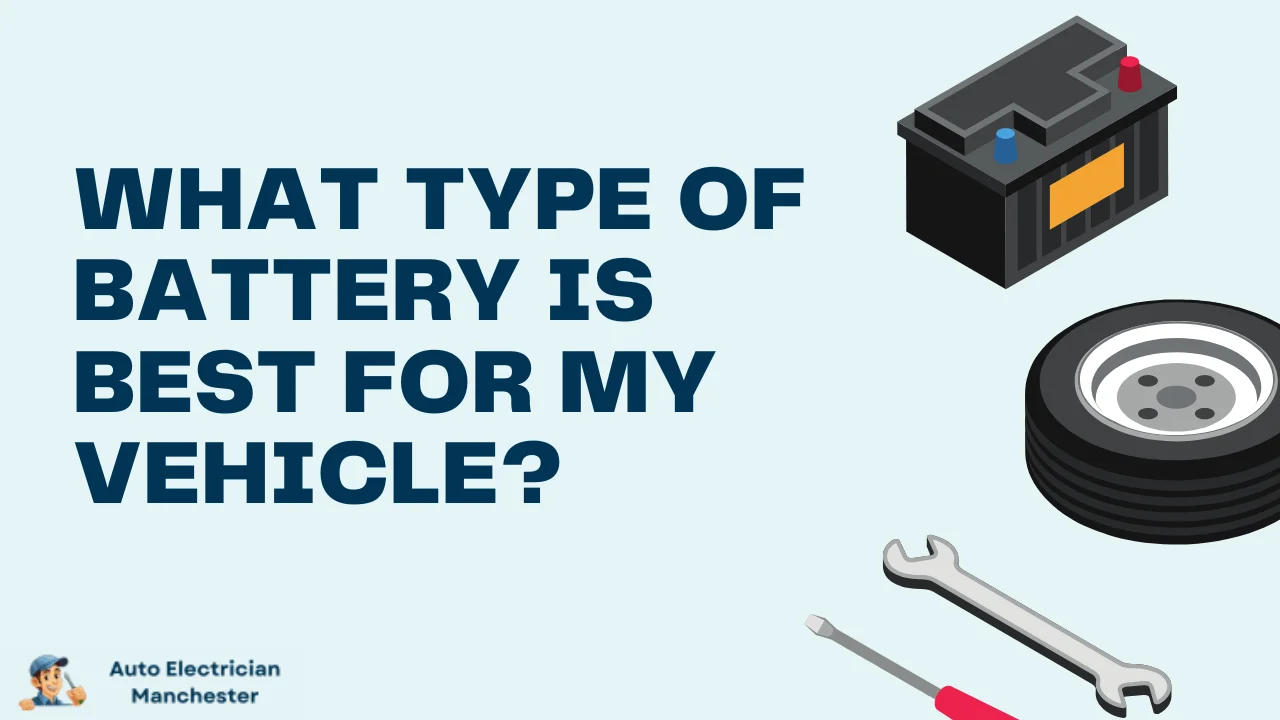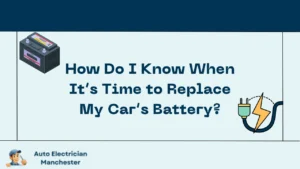
Choosing the right car battery can feel overwhelming, but it doesn’t have to be! Understanding your vehicle’s needs and your driving habits is the key to unlocking the perfect match. This guide will illuminate the top contenders in the car battery arena, empowering you to make an informed decision.
Understanding About the Battery Champions:
The car battery market offers a variety of options, each with its own strengths. Let’s delve into the world of:
Standard Flooded Lead-Acid Batteries: These reliable workhorses have powered conventional vehicles for decades. They’re budget-friendly and perfectly suited for everyday driving. However, they require periodic maintenance (topping up water levels) and may struggle in extreme cold weather due to lower Cold Cranking Amps (CCA).
Absorbent Glass Mat (AGM) Batteries: Considered a premium choice, AGMs boast exceptional vibration resistance and impressive lifespans. They’re ideal for vehicles with start-stop technology and shine in frigid climates thanks to their high CCA ratings. The only caveat? They come with a higher price tag compared to flooded lead-acid batteries.
Flooded Lead-Acid Batteries: Offering a middle ground, these batteries bridge the gap between flooded and AGM types. They boast extended maintenance intervals compared to flooded batteries and deliver improved CCA for colder temperatures. This makes them a compelling choice for standard vehicles in regions with occasional cold spells.
Lithium-Ion Batteries: The future of car batteries is here! These lightweight powerhouses offer exceptional lifespans, rapid charging capabilities, and unmatched performance. However, their high cost and limited availability currently restrict them primarily to electric and hybrid vehicles.
Important Considerations
While the battery types themselves are crucial, there are additional factors to consider for a truly optimized choice:
Reserve Capacity (RC): This rating indicates how long your vehicle’s electrical system can function if the alternator fails. If you frequently rely on power-hungry accessories, opting for a higher RC is recommended.
Group Size: This ensures the battery physically fits within the designated space in your car and that the terminal configurations match. Refer to your owner’s manual or consult a mechanic to determine the correct group size for your vehicle.
Igniting the Perfect Choice:
For the ultimate peace of mind, refer to your car’s owner’s manual for the recommended battery type and group size. This serves as a solid foundation for your selection. However, for a truly personalized approach, don’t hesitate to consult a trusted mechanic. They can factor in your specific vehicle’s needs and your driving habits to pinpoint the perfect battery, ensuring a smooth and reliable journey.
Pros and Cons of Each Battery Type
Now that we’ve explored the main contenders in the car battery arena, let’s delve deeper into the advantages and disadvantages of each type to guide your decision:
Standard Flooded Lead-Acid Batteries:
Pros:
Budget-friendly: These batteries are the most affordable option, making them an attractive choice for drivers on a tight budget.
Readily available: Flooded lead-acid batteries are widely available at auto parts stores, repair shops, and online retailers.
Easy to maintain: Basic maintenance, like topping up water levels periodically, is relatively straightforward for most car owners.
Cons:
Higher maintenance requirements: Compared to AGM batteries, flooded lead-acid batteries require more frequent maintenance checks and water top-ups.
Lower cold cranking amps: They may struggle in extremely cold weather due to reduced starting power.
Prone to leaks: If the battery case cracks or becomes damaged, it can leak acid, posing a safety hazard and damaging nearby components.
Absorbent Glass Mat (AGM) Batteries:
Pros:
Maintenance-free: AGM batteries are sealed units, eliminating the need for topping up water or any other routine maintenance.
Superior vibration resistance: Their design makes them ideal for vehicles with features like start-stop technology that can put a strain on traditional batteries.
Exceptional performance in cold weather: High CCA ratings ensure reliable starting power even in frigid temperatures.
Longer lifespan: AGM batteries typically outlast flooded lead-acid batteries, offering a better return on investment in the long run.
Cons:
Higher cost: AGM batteries come with a premium price tag compared to flooded lead-acid batteries.
Disposal considerations: Special handling and recycling procedures may be required due to the absorbent glass mat technology.
Overcharging sensitivity: Improper charging practices can damage AGM batteries, so it’s crucial to use a compatible charger.
Enhanced Flooded Lead-Acid Batteries:
Pros:
Improved performance over flooded batteries: They offer better cold cranking amps and slightly extended maintenance intervals compared to standard flooded lead-acid batteries.
More affordable than AGM batteries: They bridge the price gap between flooded and AGM batteries, making them a cost-effective option for those seeking better performance.
Less maintenance required: While not completely maintenance-free, they require less frequent water top-ups compared to flooded batteries.
Cons:
Not as maintenance-free as AGM: They still require periodic maintenance checks and water addition.
Lower performance than AGM in cold weather: While improved over flooded batteries, their CCA rating may not be ideal for extremely cold climates.
Not as widely available as flooded or AGM batteries: Finding them may require visiting specialized auto parts stores or mechanics.
Choosing the Champion for Your Ride
With a comprehensive understanding of the different battery types and their characteristics, you’re well-equipped to make an informed decision. Here are some key factors to consider when tailoring your selection:
Vehicle Requirements: Consult your owner’s manual to determine the recommended battery type and group size for your car. This ensures compatibility and optimal performance.
Climate: If you live in a region with harsh winters, prioritize a battery with a high CCA rating, such as an AGM or enhanced flooded lead-acid battery.
Driving Habits: Do you take frequent short trips? An AGM battery may be a good choice due to its ability to handle repeated starts and stops. For mostly highway driving, a standard flooded lead-acid battery may suffice.
Budget: Consider your budget and weigh the upfront cost against the long-term benefits. While AGM batteries have a higher initial price tag, their extended lifespan and maintenance-free nature can be cost-effective in the long run.
Conclusion
Selecting the right car battery doesn’t have to be a daunting task. By understanding the strengths and weaknesses of each battery type, along with your vehicle’s specific needs and your driving habits, you can make an informed decision. Remember, prioritizing compatibility with your car, considering your climate and driving habits, and keeping your budget in mind will lead you to the perfect battery choice, ensuring reliable performance and a smooth ride for the miles to come.
FAQ
How much does a new car battery cost?
Car battery prices vary depending on the type, size, and brand. Standard flooded lead-acid batteries are typically the most affordable, while lithium-ion batteries carry the highest price tag. Generally, expect to pay anywhere from $50 to $300 for a replacement battery.

David Mack is a seasoned writer with a passion for the auto electrician niche. With years of hands-on experience and a knack for demystifying complex topics, David brings practical insights to his readers. Whether you’re a professional or a car enthusiast, his engaging articles offer valuable tips and trends in auto electrical systems.
